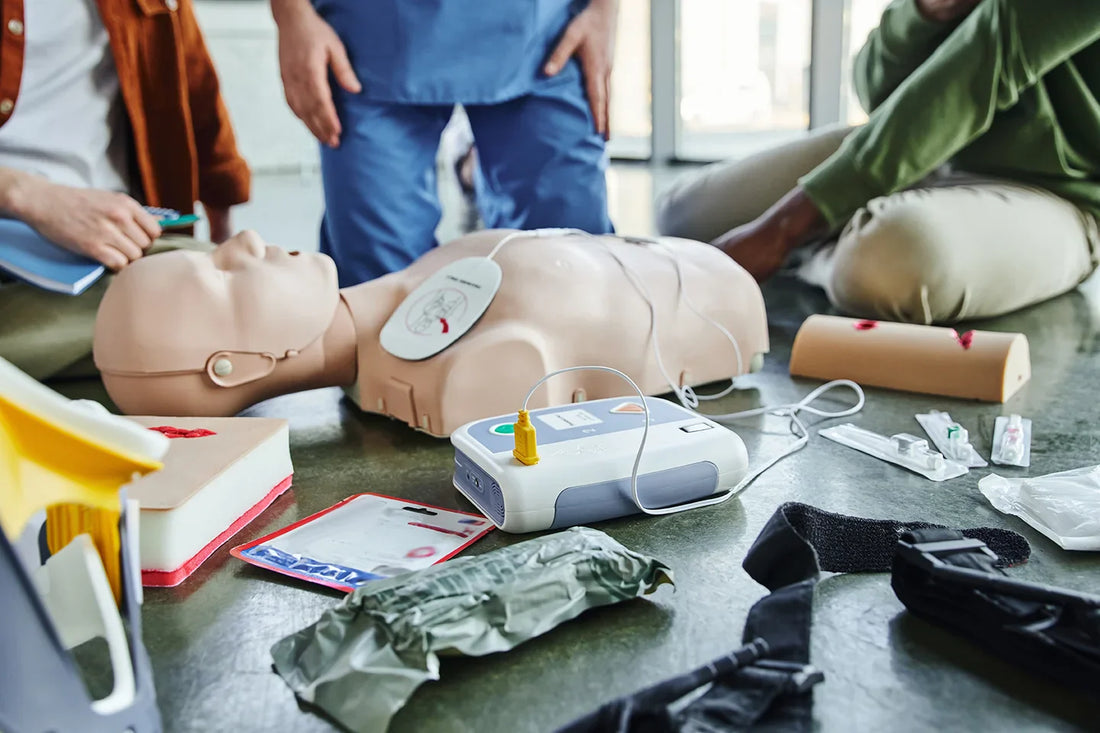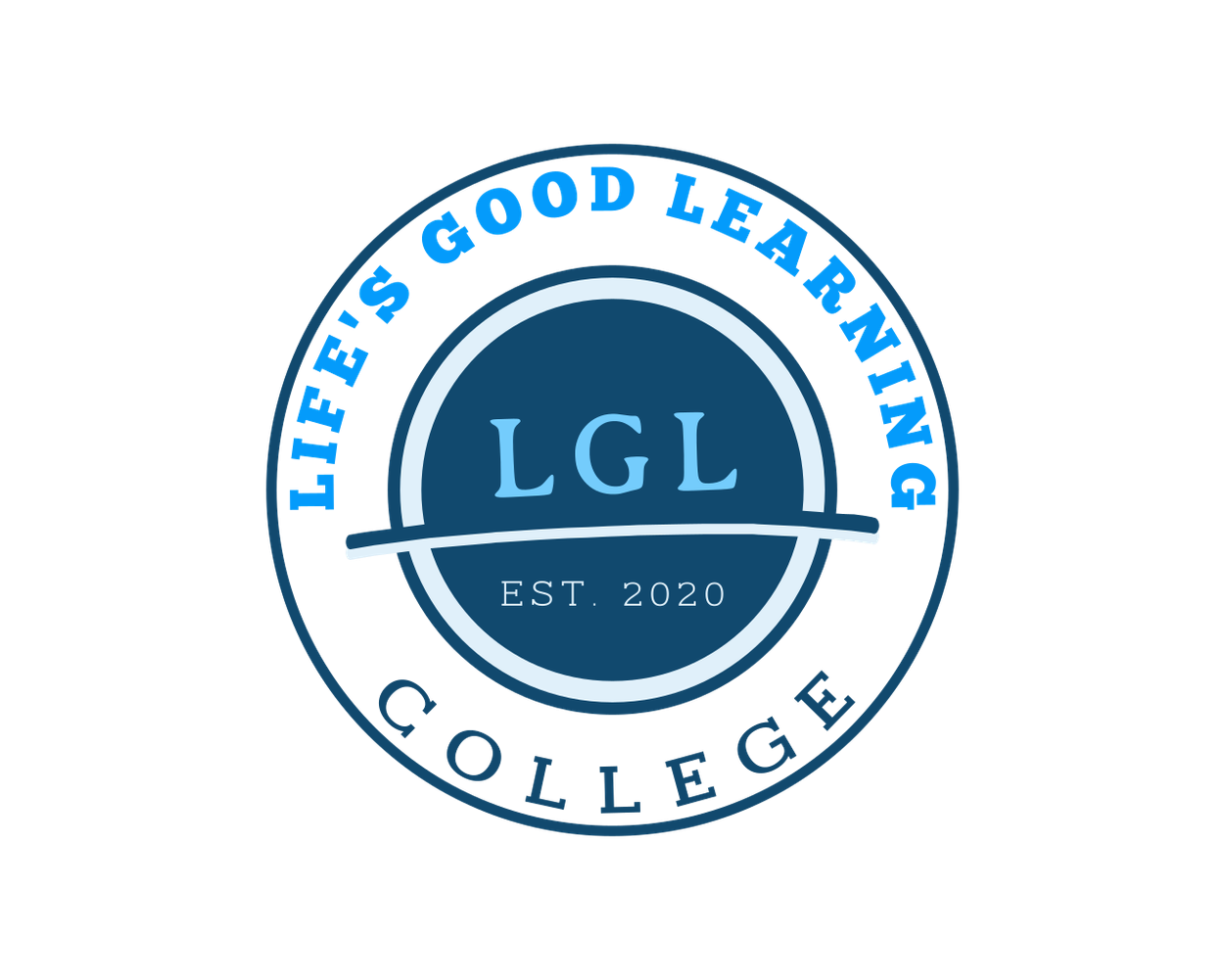
Why Everyone Should Consider Basic Life Support Training: My Personal Journey
Compartir
Introduction to Basic Life Support
Hey there, fellow health enthusiasts! Today I want to share something that's become incredibly important to me over the past few years - Basic Life Support certification. I never thought I'd become so passionate about emergency medical training, but after witnessing a cardiac emergency at my local gym two years ago, everything changed for me.
What is BLS?
Basic Life Support certification isn't just another acronym in the healthcare world - it's a comprehensive set of life-saving skills that can make the difference between life and death. BLS training equips you with the knowledge and practical abilities to respond effectively during those critical first minutes of a cardiac or respiratory emergency before professional help arrives.
I remember feeling completely helpless watching gym staff struggle to help a man who had collapsed until a nurse who happened to be there took charge. That day, I promised myself I'd never be unprepared again.
Who Should Take This Course?
Here's the thing - while the BLS healthcare provider course is obviously essential for medical professionals, I firmly believe these skills benefit everyone. Whether you're a teacher, parent, office worker, or fitness instructor, emergencies don't discriminate by profession.
My friend Maria, a kindergarten teacher, used her BLS training when a parent collapsed during a school event. The confidence that comes with knowing exactly what to do in those situations is truly priceless.
AHA Certification Benefits
The American Heart Association's certification isn't just a piece of paper - it's internationally recognized as the gold standard in emergency cardiovascular care. Having completed an AHA approved BLS course myself, I can attest to the comprehensive, evidence-based training they provide that keeps pace with the latest scientific research and protocols.
Plus, for those in healthcare fields, this certification isn't just recommended - it's often required. Even if you're not in healthcare, having this credential on your resume demonstrates initiative and responsibility that employers value.
Course Structure and Components
Hands-on CPR Training
Let me tell you, the CPR AED training portion of the course was eye-opening! I had seen CPR in movies (which, by the way, get it all wrong), but actually practicing on mannequins with real-time feedback was invaluable.
You'll learn the correct hand placement, compression depth, and rhythm - and trust me, it's quite the workout! The instructors ensure you understand why each element matters, like how proper compression depth ensures blood circulates to vital organs.
AED Operation and Protocols
Before my training, those AED boxes on walls seemed intimidating. Now, I could confidently use one in an emergency. The course demystifies these life-saving devices and teaches you step-by-step how to apply the pads, when to deliver a shock, and how to integrate AED use with CPR.
I was surprised to learn that modern AEDs actually talk you through the process and make decisions about when to shock - they're designed to be user-friendly even for people without training (though training definitely helps with confidence and speed!).
Team Response Scenarios
One of the most valuable aspects of the course was practicing coordinated responses. In real emergencies, rarely is someone responding alone, and knowing how to direct others, transition between responders to prevent fatigue, and communicate effectively can dramatically improve outcomes.
Our instructor had us rotate through different roles - from compression provider to AED operator to team leader - giving us a comprehensive understanding of effective cardiac emergency response.
Certification Process
Course Requirements
To earn your Basic Life Support certification, you'll need to complete both the theoretical and practical components of the course. This includes demonstrating proficiency in adult, child, and infant CPR, AED use, and choking relief techniques.
My course required 100% attendance and active participation in all practice scenarios. There's no skipping the hands-on parts - and that's a good thing because those are the skills that will become muscle memory when you need them most.
Assessment Methods
Our assessment included a written test covering the scientific principles and protocols, but the practical skills demonstration was where the instructors really ensured competence. They watched carefully as we performed CPR, used the AED, and responded to various emergency scenarios.
What I appreciated was the supportive environment - instructors were there to help us succeed, not to make us nervous. They provided feedback and additional practice opportunities to make sure everyone mastered the techniques.
Certification Validity Period
Your BLS certification is valid for two years, after which you'll need recertification. This isn't just a bureaucratic requirement - it ensures your skills stay sharp and you're updated on any protocol changes based on new research.
I recently completed my recertification and was surprised by some of the subtle changes in recommended techniques - proving how important it is to stay current.
Emergency Response Techniques
Adult CPR Procedures
The adult CPR segment taught me the current 30:2 compression-to-ventilation ratio, proper hand position (center of the chest), and the importance of allowing full chest recoil between compressions. We also learned how to perform continuous compressions with rescue breathing delivered by a second rescuer - maximizing blood circulation during emergency response skills application.
Child and Infant CPR Differences
The differences between adult and pediatric CPR were significant - from using two fingers for infant compressions instead of overlapped hands, to the modified compression depth. These variations are crucial because children's bodies require different approaches for effective resuscitation.
As a parent, this section was particularly important to me. The thought of using these techniques on a child is terrifying, but being prepared is essential.
Managing Respiratory Emergencies
Beyond cardiac situations, the course covered choking management techniques, recognition of respiratory distress, and appropriate interventions. Learning the difference between a partial and complete airway obstruction and how to respond to each was invaluable knowledge.
Professional Applications
Healthcare Settings Implementation
For healthcare professionals, BLS is just the beginning. The course shows how these fundamental skills integrate with Advanced Cardiac Life Support and other specialized protocols in clinical settings, creating a seamless emergency response system.
First Responder Coordination
The course emphasized how BLS providers should interact with arriving EMS personnel, including how to give a concise report and transition care effectively. This coordination ensures continuity of care during those critical moments.
Post-Emergency Care
I appreciated learning about recovery position techniques and post-resuscitation monitoring - aspects of emergency care that often get overlooked but are crucial for patient outcomes.
Registration Information
If you're convinced (as I hope you are) that Basic Life Support certification is worth your time, most courses run 4-5 hours and cost between $50-100. Many employers will cover this cost, especially in healthcare fields.
Remember - these skills don't just look good on a resume; they give you the power to potentially save a life. In my book, there's no better investment of your time and money than that!
Have you taken BLS training? I'd love to hear about your experiences in the comments below!

